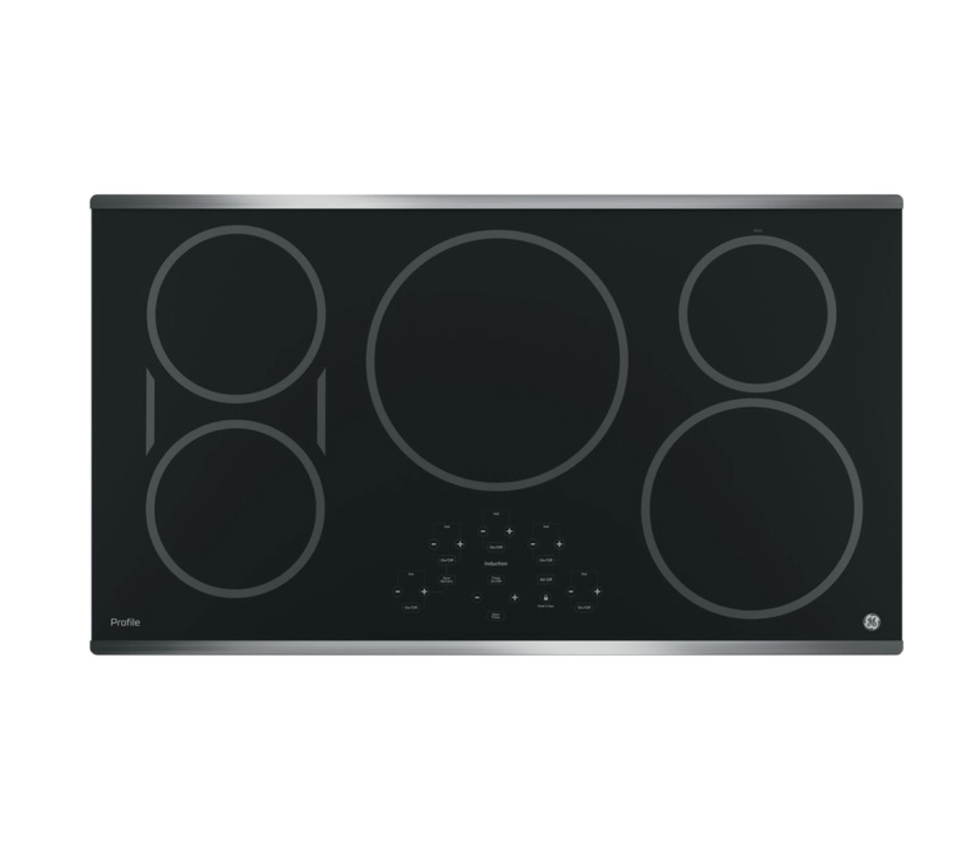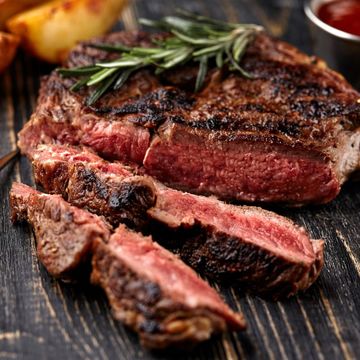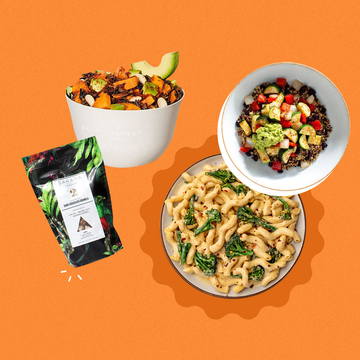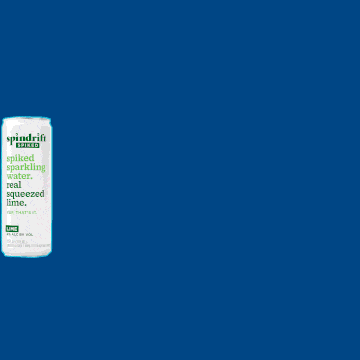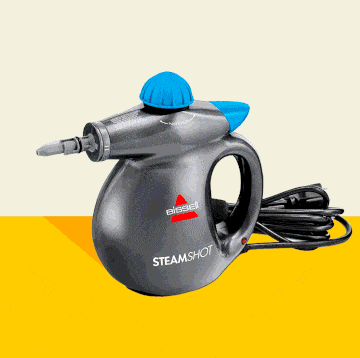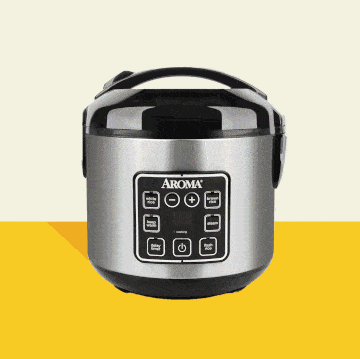"The power, the speed, the flexibility," said Keith Larsen, commercial director of range products at GE Appliances. You may think he's talking about the next Marvel superhero, but he's actually singing the praises of induction cooking.
If you're looking for a new stove or cooktop, you should consider one that uses induction, especially if you spend a lot of time in the kitchen. It's a bit of a splurge but totally worth it.
What is induction cooking?
"Induction typically has coils underneath ceramic glass that, once electricity is put through those coils, creates an electromagnetic field," Larsen said. "That field reacts to any pot that has ferrous material—iron—in it and causes molecules to vibrate, which heats up the pan."
All that science talk means the interaction causes friction in the pan, which makes it hot. With induction cooking, the process happens much faster than with gas or electric stoves, and the surface of the cooktop does not get hot.
How is it different than electric?
An electric stove has coils that heat up when turned on. Electricity runs through those coils to create heat that heats the pan or pot on the stove. Induction cooking is a reaction between iron and an electromagnetic field.
What are the advantages of induction cooking?
Because induction cooking is a reaction between the iron in a pan and an electromagnetic field, the cooking surface does not get hot. This makes your cooktop safer and easier to clean—no cooked-on water or food bits. It also works about 50 percent faster than electric or gas and is way more precise. Instead of heat levels ranging from low to high, "you can actually set a specific temperature, and it'll hold that temperature," Larsen said. So you don't sear a steak on high; you cook it at exactly 425 degrees and lower it to 375 degrees to finish cooking. Think of how much better it'll taste.
What are the disadvantages of induction cooking?
You may find there's a learning curve because an induction stove will heat up food so much faster. So instead of a 1.5-gallon pot of water taking 13 to 14 minutes to cook, it takes eight, Larsen said. The first few times around, you may wander off thinking you have loads of time, and then come back to a pot that's boiling over. It's also more expensive because of the technology.
Do I need special cookware for induction cooking?
It used to be true that, because you need pans with iron for induction cooking, you had to buy a whole new set of cookware. These days, lots of pans have iron in them.
"The easiest way to tell is just use a magnet," Larsen said. "If a magnet sticks to the bottom, you're good." Any cast iron pan, Dutch oven, or stainless steel pot will work.

